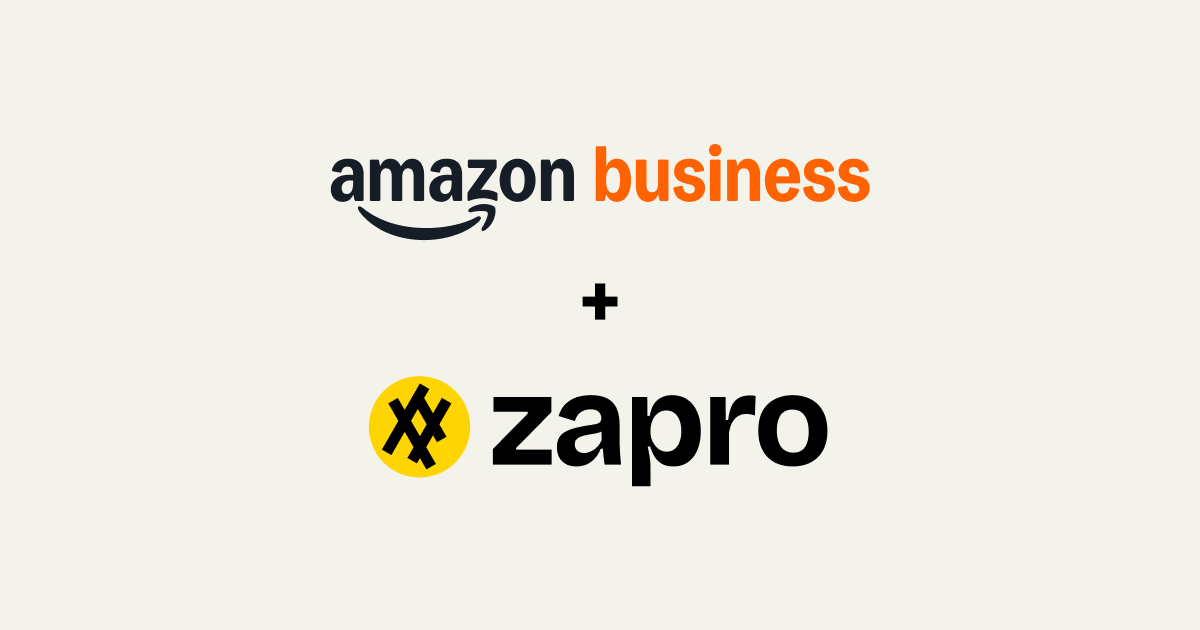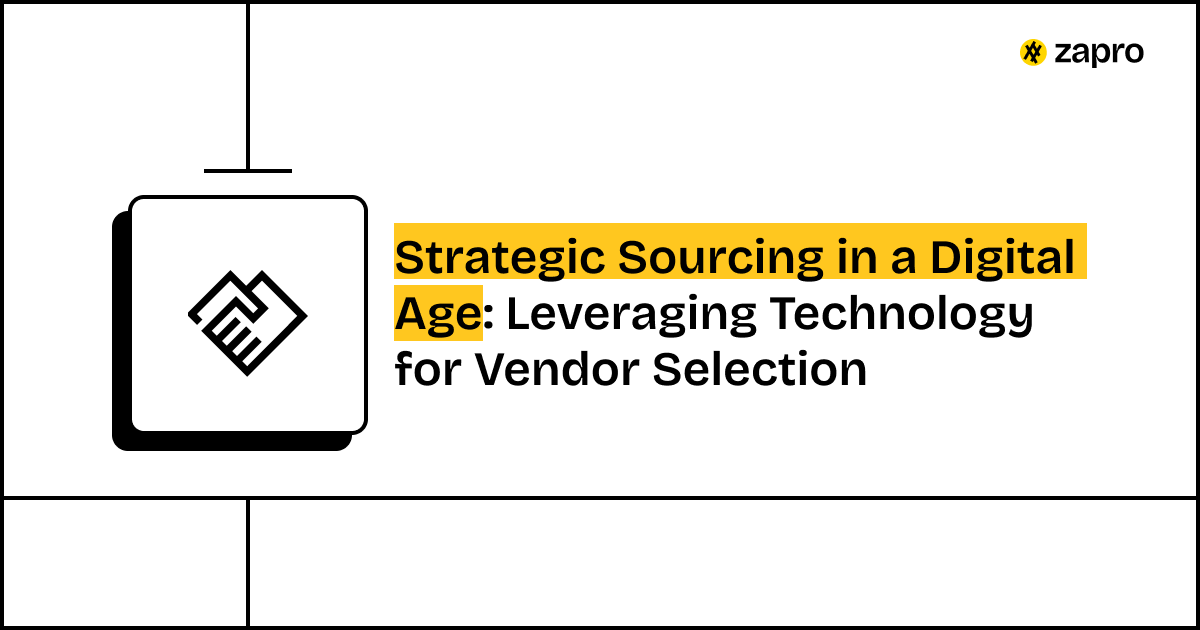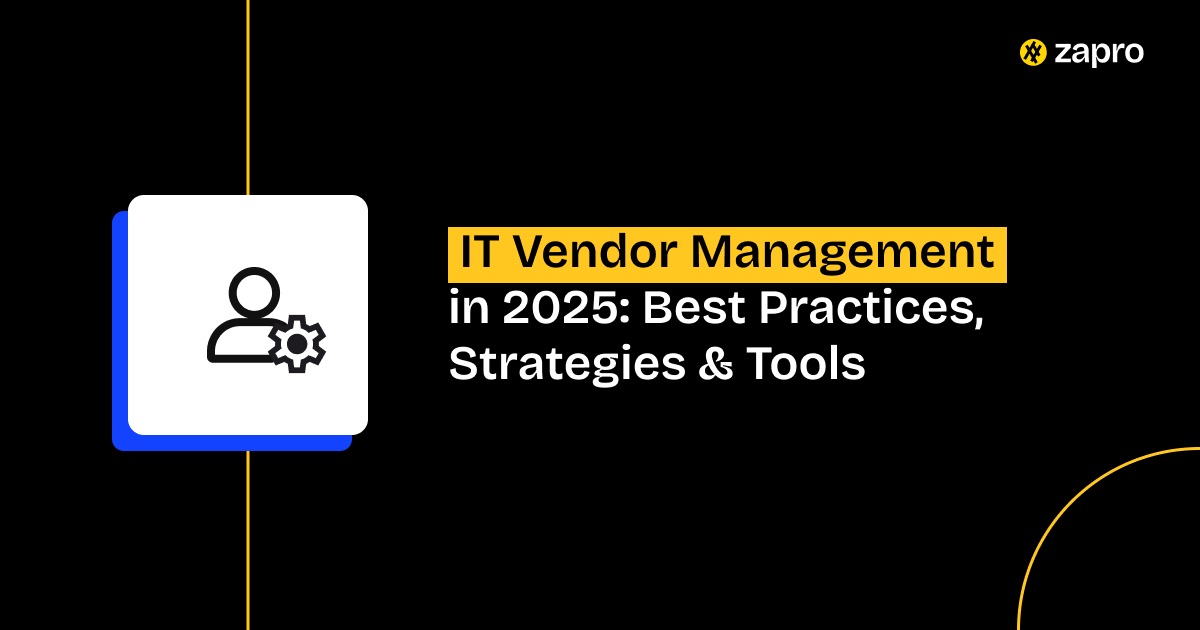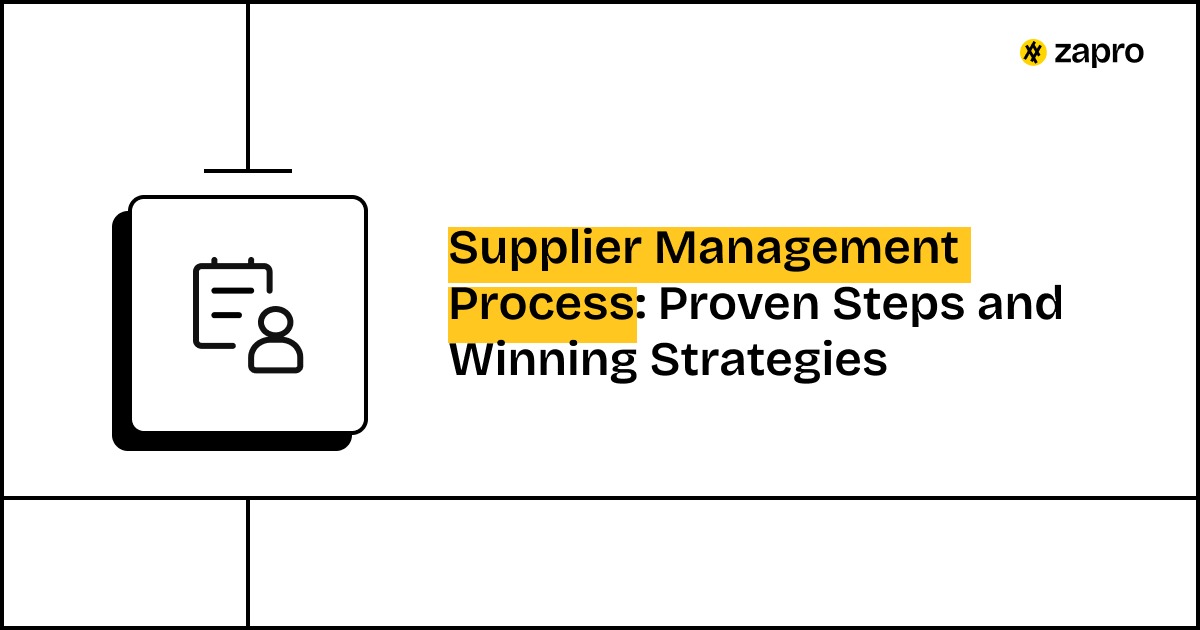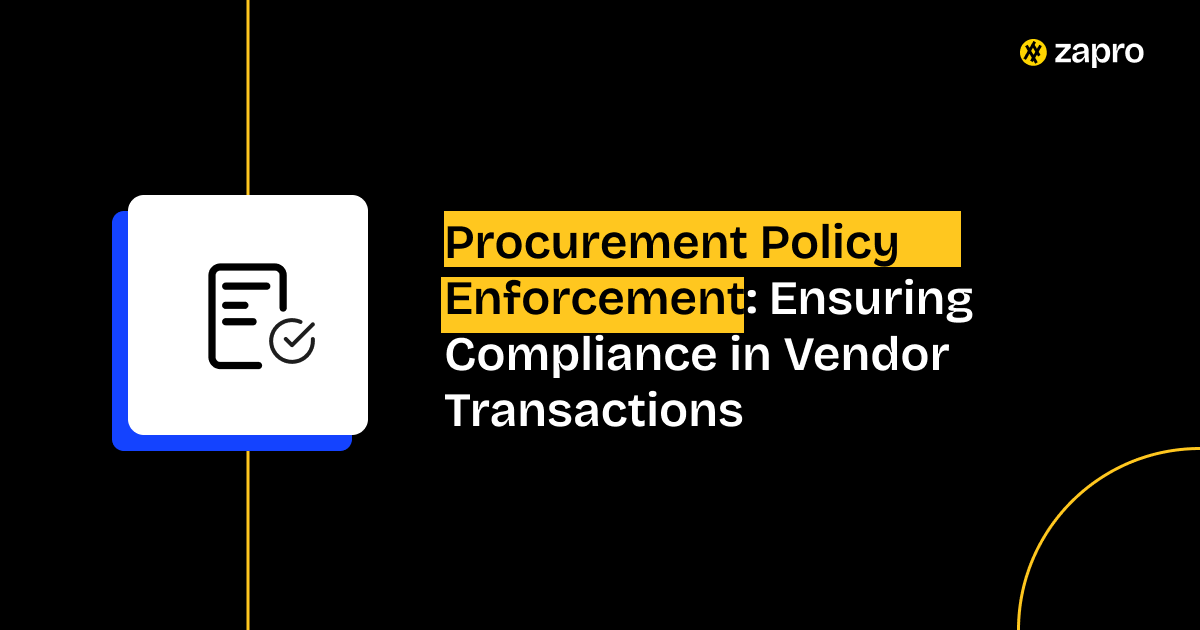Beyond reactive buying: The imperative of strategic sourcing
Modern procurement requires more than basic price-based purchasing because markets have become complex and supply chains experience ongoing disruptions.
The modern business environment demands strategic sourcing because it transforms procurement from basic transaction management into a proactive value creation process. Strategic sourcing enables organizations to achieve better sourcing outcomes through data-driven decision making and technological implementation and supplier relationship development and risk management.
Organizations must adopt strategic sourcing because digital transformation requires this approach. Organizations that implement technology-based strategic sourcing achieve faster operations and better spending management while transforming procurement into their main competitive advantage.
Defining strategic sourcing in the modern enterprise
The process of strategic sourcing uses data-based methods to choose suppliers and handle their management needs. Strategic sourcing differs from traditional buying because it seeks enduring value through ongoing assessments of cost performance and quality standards and risk levels and supplier operational excellence.
The modern enterprise operates through strategic sourcing technology which combines spend analytics with e-sourcing solutions and performance insights to create an automated digital workflow. The procurement teams use these technologies to optimize their market assessment work and supplier engagement activities and RFx cycle management which results in business performance improvements.
The fundamental purpose of strategic sourcing involves developing automated data-driven procedures which enhance vendor selection transparency and operational efficiency to establish a flexible procurement organization.

Sourcing and procurement leaders expect GenAI over the next 12 to 18 months to increase productivity by 21%, increase cost savings by 12% and improve revenue by 11%.
– Gartner
Common challenges in traditional sourcing processes
Multiple organizations maintain their dependence on outdated sourcing systems which create performance obstacles. The following problems frequently occur during sourcing operations:
- The process of sending RFPs and RFQs through email and spreadsheet systems results in extended time periods and produces multiple errors.
- The absence of unified supplier information makes it challenging to evaluate their operational abilities and performance levels and risk exposure in real-time.
- Procurement teams make decisions based on short-term requirements instead of implementing a strategic sourcing approach.
- The absence of standardized evaluation methods results in vendor selection based on personal opinions which produces opportunities for cost savings to remain unexplored.
- The different departments within finance and operations and compliance face difficulties when working together because their separate tools and communication breakdowns create obstacles for teamwork.
The existing challenges in sourcing operations prevent organizations from obtaining valuable insights which would enable them to reduce costs and enhance supplier innovation and risk management capabilities.
The digital transformation of vendor selection
Digital transformation has brought a complete transformation to the vendor selection process. The vendor selection process now operates through e-sourcing platforms which use AI-driven insights and automated analytics to replace traditional spreadsheet-based manual workflows and disorganized communication methods.
The digital transformation brings more than time efficiency gains because it enables procurement teams to develop strategic decisions through data-driven approaches. The implementation of technology enables sourcing teams to monitor operations in real-time while they work together more efficiently to make quick decisions based on data which directly affects both costs and product quality and supplier dependability.
1. E-sourcing platforms: RFx management and collaboration
- E-sourcing platforms enable organizations to handle RFx management through automated processes which distribute RFPs and RFQs and receive and assess bids.
- The platform unifies all operations into one system which maintains uniformity and clear visibility and enables seamless teamwork between different departments.
- The digital workflow enables procurement teams to work simultaneously with finance and legal departments for complete supplier response evaluation and audit trail management.
- The digital process enables organizations to shorten their sourcing timelines while creating clear paths for accountability throughout the entire process.
2. AI and machine learning in supplier identification and evaluation
- AI and machine learning systems enhance supplier identification and evaluation processes through advanced analytical capabilities.
- The implementation of AI and machine learning technology enables procurement teams to identify suppliers through advanced data analysis which includes performance records and pricing patterns and sustainability ratings and risk assessment results.
- Machine learning algorithms enhance their analytical capabilities through time-based learning from previous sourcing results to generate better recommendations.
- Organizations achieve better vendor evaluation results through precise assessments which lead to improved supplier performance stability.
3. Data-driven decision making for vendor award
- Vendor award decisions now depend on data analysis for better results.
- The use of real-time dashboards and scoring tools enables teams to evaluate suppliers based on cost and quality and delivery performance and compliance standards for optimal value delivery and risk reduction.
- The analytical method of decision making removes human prejudice while creating traceable records which validate all vendor selection choices.
- The process delivers complete visibility and accountability which creates better supplier relationships and sustained sourcing excellence.
Key stages of strategic sourcing enhanced by technology
The entire strategic sourcing process now benefits from technological advancements which start with need evaluation and end with contract completion. The combination of automated systems with data analysis capabilities and team collaboration tools helps procurement teams execute sourcing operations at increased speed and better accuracy.
1. Needs assessment and spend analysis integration
- The beginning of every successful sourcing strategy requires organizations to determine their purchasing needs and their corresponding reasons for acquisition.
- Organizations can merge data from various systems through digital spend analysis tools to detect their most expensive categories and their duplicate suppliers and potential cost reduction areas.
- The implementation of technology allows procurement teams to transition from their current reactive procurement methods by discovering market patterns and supplier performance metrics and customer usage data.
- The organization can use this data to create sourcing decisions which support its business objectives.
2. Market research and supplier identification
- The process of identifying suitable suppliers remains one of the most difficult tasks in sourcing operations.
- AI-powered supplier discovery tools use database searches to find suitable suppliers based on their production capabilities and their ability to meet regulatory requirements and their previous business performance.
- The procurement team can perform vendor benchmarking and price trend evaluation and risk assessment through a user-friendly interface.
- The systematic approach to research enables organizations to select only suitable suppliers who will proceed to the RFx evaluation process.
3. Request for proposal (RFP) and quotation (RFQ) automation
- The process of managing RFP and RFQ documents through manual methods creates delays in the sourcing process.
- The automation of RFP processes through e-sourcing platforms creates standardized templates and automated notification systems which enhance transparency while reducing processing time.
- The digital submission process for bids through structured forms enables procurement teams to monitor responses and answer questions while maintaining proper documentation standards.
- The process delivers faster results with decreased mistakes and improved competitive bidding outcomes.
4. Bid analysis and vendor evaluation tools
- The evaluation process for received bids becomes more efficient through technological assistance.
- The evaluation process of proposals through automated scoring systems assesses vendor performance based on price and quality and delivery times and risk factors.
- The system generates real-time evaluation reports which help users make unbiased decisions based on concrete data.
- Some platforms use predictive analytics to detect unusual patterns and identify suppliers who have delivered excellent results in the past which enhances decision-making capabilities.
5. Negotiation and contract award streamlining
- The negotiation process and contract award process benefits significantly from automated systems.
- Digital negotiation platforms enable procurement teams to handle various supplier offers through dynamic bidding events and maintain negotiation records for future reference.
- The system generates documents automatically while maintaining version control through its integrated contract management platform which enables smooth handover to the selected supplier.
- The sourcing process completes efficiently through this method which shortens project duration and enables immediate vendor partnership establishment.
Source Smarter. Decide Faster. Win Bigger.

Key stages of strategic sourcing enhanced by technology
The strategic sourcing process has undergone complete transformation through technological advancements which now enable organizations to analyze needs and complete contract finalization. The combination of automated systems with data analysis capabilities and team collaboration tools enables procurement teams to execute sourcing operations at increased speed and better accuracy and with enhanced reliability.
1. Needs assessment and spend analysis integration
- The foundation of every successful sourcing strategy depends on complete knowledge about all purchased items and their corresponding reasons for acquisition.
- Organizations can merge data from various systems through digital spend analysis tools to detect their most expensive categories and their duplicate suppliers and potential cost reduction areas.
- The procurement function now uses technology to transform its buying habits from reactive to proactive through the analysis of supplier performance and consumption patterns and market trends.
- The organization can use data to support its sourcing choices which follow the company’s strategic objectives.
2. Market research and supplier identification
- The process of identifying suitable suppliers remains one of the most difficult tasks in sourcing operations.
- AI-powered supplier discovery tools use global supplier databases to find suitable suppliers by evaluating their capacity and compliance status and previous performance records.
- The procurement team can perform vendor benchmarking and price trend evaluation and risk assessment assessment through a user-friendly interface.
- The method uses data to shorten research duration while selecting suppliers who match all requirements for RFx participation.
3. Request for proposal (RFP) and quotation (RFQ) automation
- The process of managing RFP and RFQ documents through manual methods creates delays in sourcing operations.
- The implementation of RFP automation through e-sourcing platforms enables standardized template usage and automated notification systems and unified communication channels which reduce processing time while preserving full visibility.
- The digital submission process for bids through standardized forms enables procurement teams to monitor responses and answer questions while maintaining proper documentation standards.
- The process delivers faster results and decreases mistakes while producing better competitive offers.
4. Bid analysis and vendor evaluation tools
- The evaluation process for received bids becomes more efficient through technological implementation.
- The evaluation process of proposals through automated scoring systems assesses vendors based on their price performance and delivery schedules and risk assessment.
- The system generates real-time evaluation reports which help users make unbiased decisions based on concrete data.
- The system uses predictive analytics to detect unusual patterns and identify suppliers who have delivered excellent results in the past which enhances decision-making capabilities.
Benefits of a technology-enabled sourcing strategy
The implementation of digital sourcing technology beyond modernization brings specific business results that organizations can measure. Organizations that use strategic sourcing technology achieve better cost management and improved supplier performance and enhanced visibility throughout their sourcing operations.
The following section demonstrates how technology implements these advantages through real-world examples.
1. Cost reduction and value optimization
- The main advantage of technology implementation in sourcing operations brings fast processing and precise results and competitive market access.
- The combination of automated processes with e-sourcing platforms allows suppliers to compete openly which results in lower procurement costs.
- The actual worth of technology implementation extends past cost reduction capabilities.
- Procurement teams can use data analytics to monitor spending patterns by category and detect operational weaknesses and make better negotiation decisions through performance data instead of using estimates.
- The long-term approach of value optimization emerges from technology-based sourcing which leads to strategic business expansion through every procurement choice.
2. Mitigating supply chain risk and improving resilience
- The implementation of technology-based sourcing strategies enables businesses to detect and handle supply chain threats before they develop into major problems.
- Real-time supplier risk management tools track financial stability and geopolitical vulnerability and performance metrics of suppliers.
- AI systems use predictive models to identify supply chain threats and detect vulnerable suppliers and suggest alternative suppliers.
- The advanced monitoring system allows procurement leaders to construct stable supplier relationships which maintain business operations when markets experience instability or worldwide disruptions.
3. Enhanced transparency and auditability
- Digital sourcing systems generate complete records of all vendor selection choices made during the procurement process.
- The system tracks all RFPs and bids and approval activities through timestamped logs which maintain complete audit trails for organizational and regulatory compliance.
- The system provides stakeholders with easy access to approval workflows and dashboard reports which help demonstrate accountability while minimizing supplier evaluation biases and inconsistencies.
- Digital sourcing platforms provide built-in transparency as their main operational benefit.
Implementing a strategic sourcing solution: best practices
Organizations need to transform their operations when they implement digital sourcing solutions because it involves more than updating their software systems.
Companies need to implement technology through proper strategic planning and governance systems and change management practices for successful implementation.
1. Establish specific sourcing targets before selecting tools
Your organization needs to establish its sourcing targets before selecting tools because this helps determine which tools will help you achieve your goals for cost optimization and supplier diversity and risk reduction and process efficiency.
The organization can use technology to support its business objectives through clear goal definition.
2. The platform needs to connect with all current procurement systems
A strategic sourcing platform needs to operate as part of your digital procurement strategy by connecting with ERP systems and contract management platforms and supplier information databases.
The system maintains complete data flow while preventing redundant data entry.
3. The platform requires users to learn its operation through proper training programs
The effectiveness of an e-sourcing platform depends on team members using it properly.
Your organization should dedicate resources to training programs and internal workshops and pilot projects which will help teams develop confidence and increase departmental adoption.
4. Real-time analytics help organizations make ongoing improvements to their operations
Your organization can track supplier performance through real-time dashboards which also help you identify optimization opportunities and measure sourcing KPIs. Your sourcing process needs to adapt to market changes through ongoing improvement initiatives.
5. The procurement team needs to work with other departments
Procurement functions independently from other departments. The procurement process requires finance and operations and compliance teams to participate from the beginning because their input helps sourcing decisions match organizational targets and risk management standards.
6. Select a solution which offers scalability and future-proof capabilities
Your platform needs to expand with your growing sourcing requirements by implementing automation and AI-based insights and multi-level supplier access. A flexible solution will protect your sourcing operations from future changes in the market.
Transform your sourcing strategy with Zapro.ai
Zapro.ai enables you to enhance your current sourcing approach.
It has unique capabilities. Zapro.ai connects to your existing strategic sourcing systems through its platform which combines sophisticated analytics with supplier performance tracking and immediate risk detection capabilities.
The platform enables procurement teams to achieve faster and more confident decision-making through its complete workflow from RFx automation to vendor assessment and award selection. Companies can select suitable suppliers for all categories through Zapro.ai’s vendor profile database which includes performance records and automatic risk assessment tools.
The system enables organizations to find suitable suppliers while reducing costs and building better relationships with their vendors.
The system delivers operational efficiency together with sustainable sourcing stability and quantifiable business results.
Zapro.ai provides procurement teams with advanced digital strategic sourcing capabilities which help them achieve their objective of automated process elimination.
Ready to elevate your sourcing strategy?
Start your digital transformation with Zapro.ai and choose better vendors, faster.

From Manual Sourcing to Digital Excellence
Let Zapro’s automation and analytics revolutionize how you select vendors.
FAQ:
1. How is technology changing the strategic sourcing process?
Technology has transformed sourcing from a manual, spreadsheet-driven process to an intelligent, data-powered operation. Modern platforms use AI to analyze thousands of potential vendors simultaneously, predict risks, and recommend optimal suppliers based on your specific criteria. This means faster decisions, better matches, and significant cost savings compared to traditional methods.
2. What are the key benefits of using digital tools for vendor selection?
Digital sourcing platforms provide real-time market intelligence, automated vendor comparisons, and predictive analytics that weren’t possible before. You gain access to broader supplier networks, eliminate bias through data-driven scoring, and reduce sourcing cycle times by up to 70%. Plus, every decision is backed by comprehensive data rather than gut feeling.
3. Can small and mid-sized companies benefit from strategic sourcing technology?
Absolutely. Cloud-based sourcing platforms have democratized access to enterprise-grade capabilities. You don’t need a large procurement team or IT infrastructure—modern solutions are intuitive, scalable, and deliver ROI quickly by automating time-consuming tasks like vendor discovery, RFP management, and performance comparisons.
4. How does AI improve vendor selection accuracy?
AI analyzes vast amounts of data—financial health, past performance, market trends, risk indicators—to surface insights humans might miss. It eliminates unconscious bias, identifies red flags early, and matches vendors to your requirements with precision. The result is more strategic partnerships and fewer costly sourcing mistakes.
5. What should I look for in a digital strategic sourcing solution?
Prioritize platforms offering comprehensive vendor databases, automated evaluation workflows, real-time analytics, and collaboration tools. The best solutions integrate seamlessly with your existing systems, provide actionable insights rather than just data, and adapt to your organization’s unique sourcing strategies—essentially becoming your strategic sourcing command center.
Don’t miss our weekly updates
We’ll email you 1-3 times per week—and never share your information.

 Healthcare
Healthcare Financial Services
Financial Services Technology
Technology Venture Capitalist
Venture Capitalist Chief Procurement Officer
Chief Procurement Officer Chief Financial Officer
Chief Financial Officer